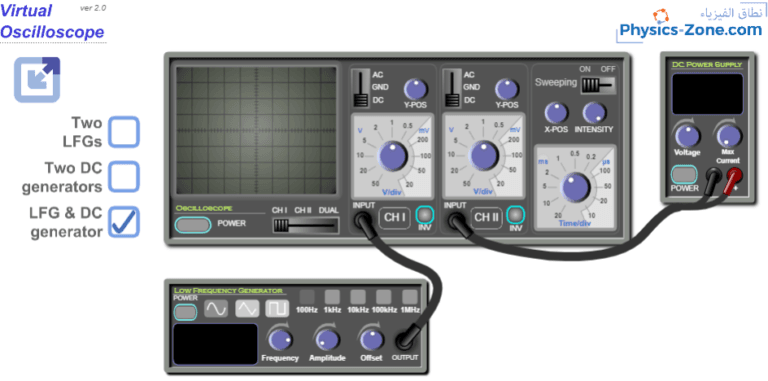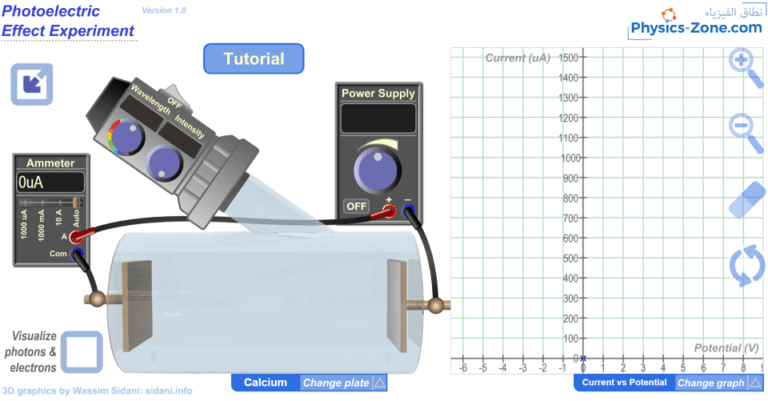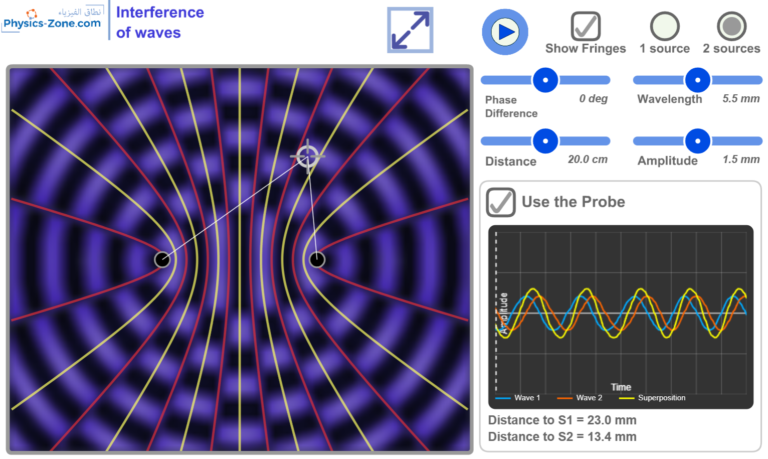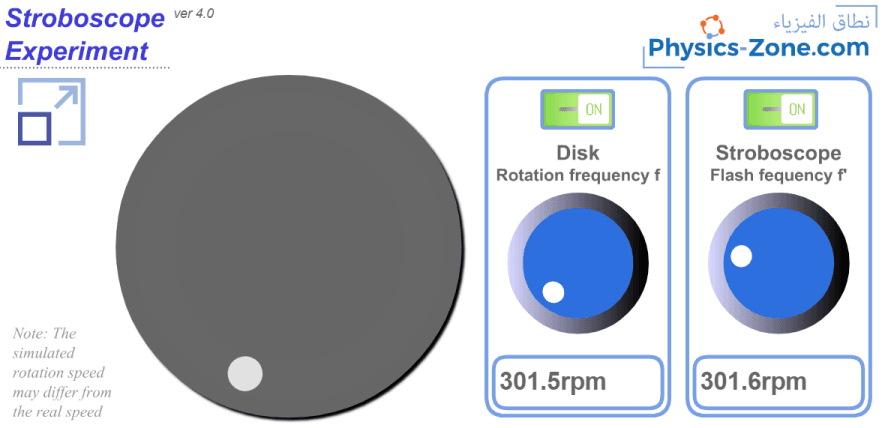Similar Posts

A new publication based on the Virtual Oscilloscope simulation
The paper: Using a web-based and stand-alone oscilloscope for physics experiment during Covid-19 pandemic, Mahizah Ismail et al (2023), Phys. Educ. 58 015006, is based on the Virtual Oscilloscope simulation. This paper was authored by Mahizah Ismail, Farid Minawi, Wan Zul Adli Wan Mokhtar, Noraihan L Abdul Rashid and Ahmad K Ariffin.
The article DOI: https://iopscience.iop.org/article/10.1088/1361-6552/ac95eb
Photoelectric Effect Experiment Simulation
With this comprehensive and realistic-like photoelectric effect experiment simulation, you will be able to illustrate the following:
The variations of the photocurrent versus potential.
The variations of the photocurrent versus light intensity.
The variation of the kinetic energy of the ejected electrons versus the incident light frequency.
It comes with a graph where you can trace each type of variation as you vary the parameters of the experiment.
Plus, you can experiment and discover more with this simulation.
An inspiring code
These lines portray a tale of creation and vanishing. It describes the creation of a photon, its subsequent disappearance when an electron absorbs it on the cathode plate’s surface, the subsequent departure of the electron from the cathode, and lastly the eventual disappearance of the electron when it reaches the other plate and captured.

Course: Crafting Effective Learning Objectives
I created this course and published it on my Moodle platform. Each module is a SCORM package, with a course evaluation survey at the end and an unofficial completion certificate as a template that can be costumed to the specifications of your organization. The course is tracked, and you must successfully complete each chapter to unlock the next one. The course is fully learner-centered.

Interference of Waves Simulation
This interactive wave interference simulation demonstrates the fundamental principles of wave superposition using two sources. Users can adjust key parameters including wavelength, amplitude, phase difference, and source separation to observe how waves interact and produce complex interference patterns. The simulation features a real-time probe tool that displays individual wave amplitudes and their resultant superposition, showing constructive and destructive interference at different points in the field. The visual representation includes radiating wave fronts from both sources, with characteristic alternating bands of high and low amplitude clearly visible throughout the interference pattern.

Simplicity is power
In creating interactive educational tools, simplicity is power. A minimalist design doesn’t just look clean; it helps learners focus on what truly matters. Instead of overwhelming the user with unnecessary details, focus on providing a clear, interactive interface that mirrors the real-world experience.
